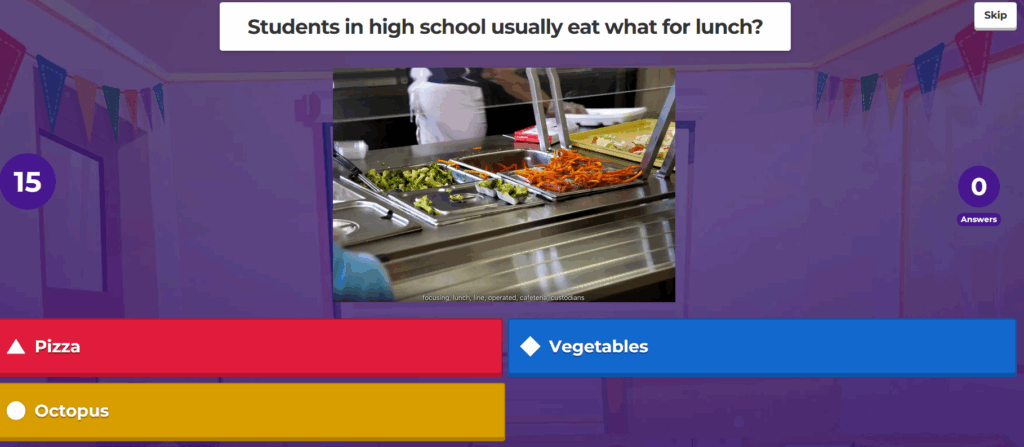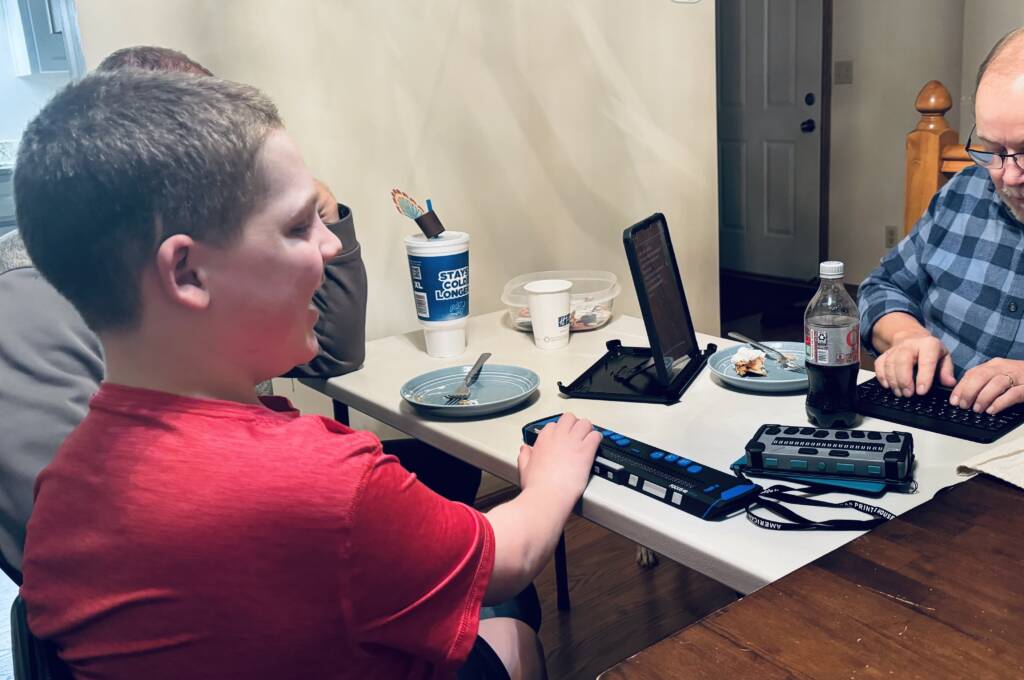As a TVI, Teacher of the Visually Impaired, I am often asked by parents and teachers, “What is a SETT meeting?” Don’t let the SETT process seem overwhelming or out of your comfort zone. It is designed to help the team develop a framework for selection and implementation of assistive technology devices. These devices can be low tech to high tech and everyone on the team has a voice.
Assistive Technology (AT) is defined by state/federal laws as “any item, piece of equipment, or product system that is used to increase, maintain or improve the functional capabilities of a child with a disability.” This covers a broad range of devices, software and strategies that may be very simple or quite “high-tech” in nature. The critical feature is that AT extends function and provides a means to access the general education curriculum and meet individualized goals. This information is from the Montgomery County Intermediate Unit where I am a TVI in Pennsylvania. There you can download PDF forms regarding:
- Questions to consider
- Initial SETT form
- Follow-up RESETT form
SETT Framework
One of the most common methods of AT needs evaluation is the SETT Framework. SETT is an acronym for Student, Environment, Task, Tools by creator Joy Zabal, Ed.D. Educational teams evaluate assistive technology (AT) meets at least annually for each student with an Individualized Education Plan (IEP).
S: student
E: environment
T: tasks
T: tools
Tools that support students
Assistive Technology focuses on a variety of tools to support students including:
- Augmentative Communication Devices
- Writing Tools
- Computer Access Technology
- Switches and Environmental Controls
- Assistive Listening Equipment for the Hearing Impaired
- Access Technology for the Visually Impaired
The team must ask “who” (student’s characteristics), the “where” (learning environment characteristics), and the “what” (tasks that a student needs to be able to do). -The SETT Framework and Evaluating Assistive Technology Remotely

AT decision making has these elements in common
- Multidisciplinary: AT decision making may take place at various times – in IEP development, review, and/or revision.
- Data-based: AT decisions should be informed by data.
- Informed: When making AT decisions, IEP teams may utilize the AT skills and knowledge of team members or elect to add members with expertise in a particular area of AT, who can provide advice or assistance for the team to consider. Teams may also decide to request technical assistance or consultation to support the team on a short-term basis.
- Timely: AT decisions must be made in a timely manner.
AT assessment resources
- Wisconsin AT Initiative (WATI): Assessing Students’ Needs for Assistive Technology This protocol is widely used to support school teams as they engage in the assessment process.





